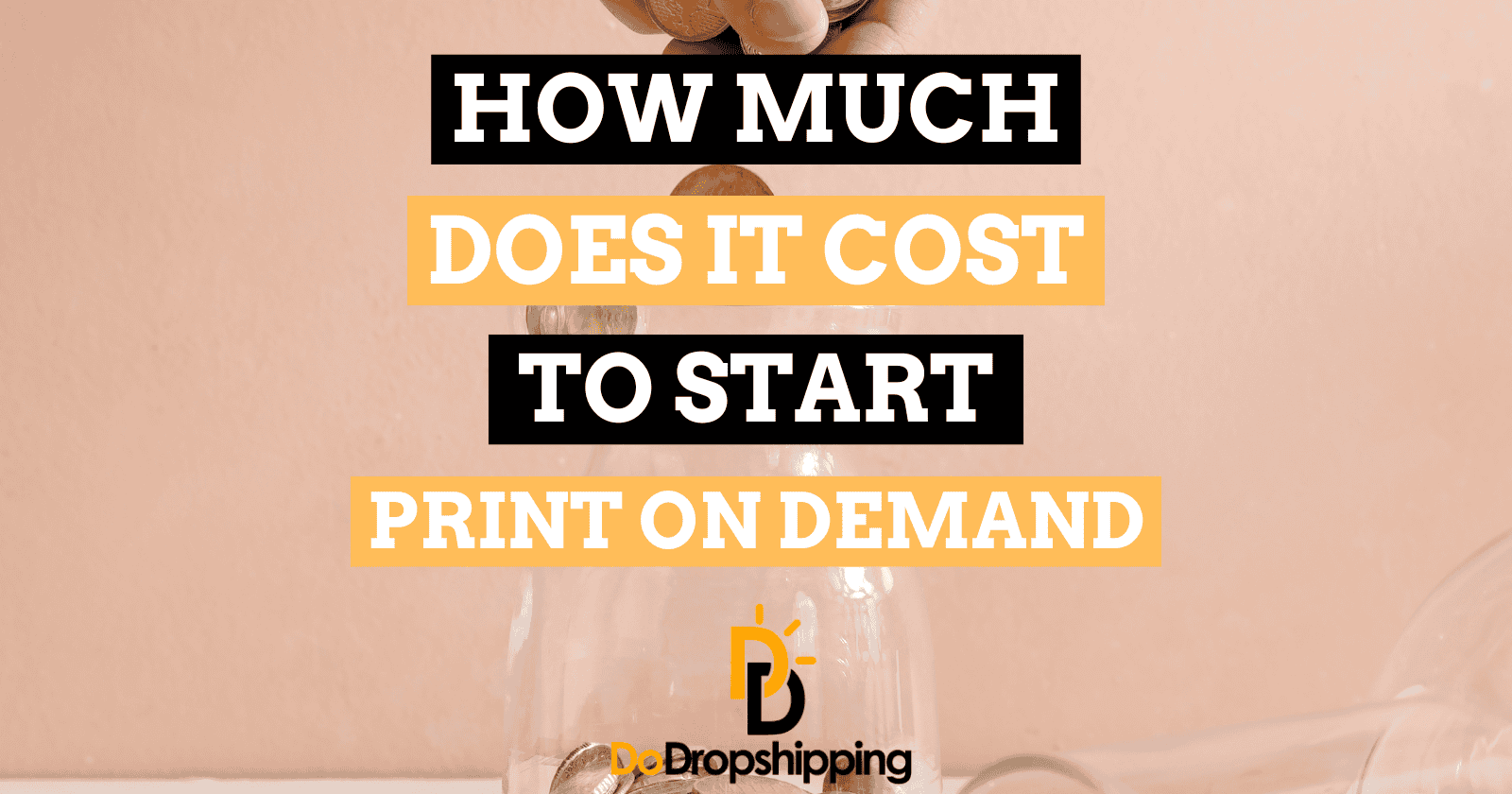With so many potential expenses, figuring out the actual cost of starting a print on demand store can be hard.
To help you out, we've broken everything down into one clear, beginner-friendly guide.
Quick Answer: How much does it cost to start a POD business?
You can start a POD store for under $150 with free tools and marketplaces, though most beginners spend around $200 to $300.
If you want more control over your brand, including your website, custom branding, and ads, plan for a starting budget of $300 to $1,000+.
This guide breaks it down with no fluff, just clear steps and real costs.
If that's what you're looking for, keep reading!
Start your store on Shopify
Free 3-day trial + $1/month for 3 months
- Grows with you from first test product to full brand
- 8,000+ apps & themes to customize your store
- Beginner-friendly editor with pro features when you’re ready
No card to start. Cancel anytime.
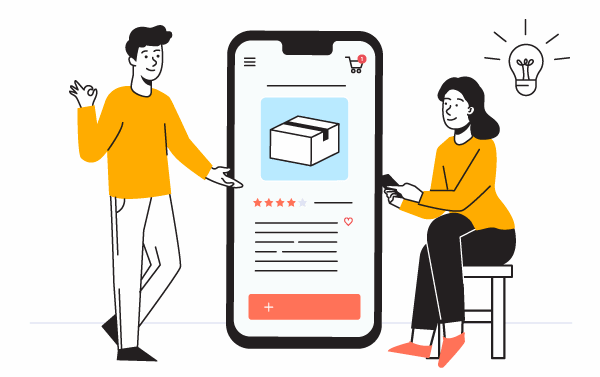
What are the different costs of starting a POD store?
When starting your POD store, you'll run into a few different types of costs, such as:
- Business registration
- Design tools
- POD platform fees
- Domain name and branding
- Product samples
- Custom mockups
- Advertising and marketing
- Payment processor fees
- Extra hidden costs
Let's break each one down.
Breakdown of the total cost
Here are the most common costs you'll face when starting a print on demand store:
- Business startup. Usually range between $35 and $150.
- Design tools. $0 to $30+ per month.
- POD platform account. Free for marketplace websites. $39 to $200 monthly for custom websites.
- Domain name and branding. $12 to $20 per year.
- Product samples. $10 to $40 per product.
- Custom mockups. Free to $30 monthly.
- Advertising and marketing. $0 to $500 monthly, depending on strategy.
- Payment processor. 2.9%-3.5% per transaction (including currency fees for global sales).
- Other hidden costs. $50 to $300 per year, depending on location and sales volume.
If you add everything together, here's what you can expect to pay:
- One-time costs. Before launching, expect to spend $150 to $1,000 on setup, branding, and samples.
- Monthly costs. To run your store, budget $50 to $300+ monthly for tools, ads, and apps.
The final amount depends on your choices. You can start lean and bootstrap, or invest more upfront to scale faster.
1. Business startup costs
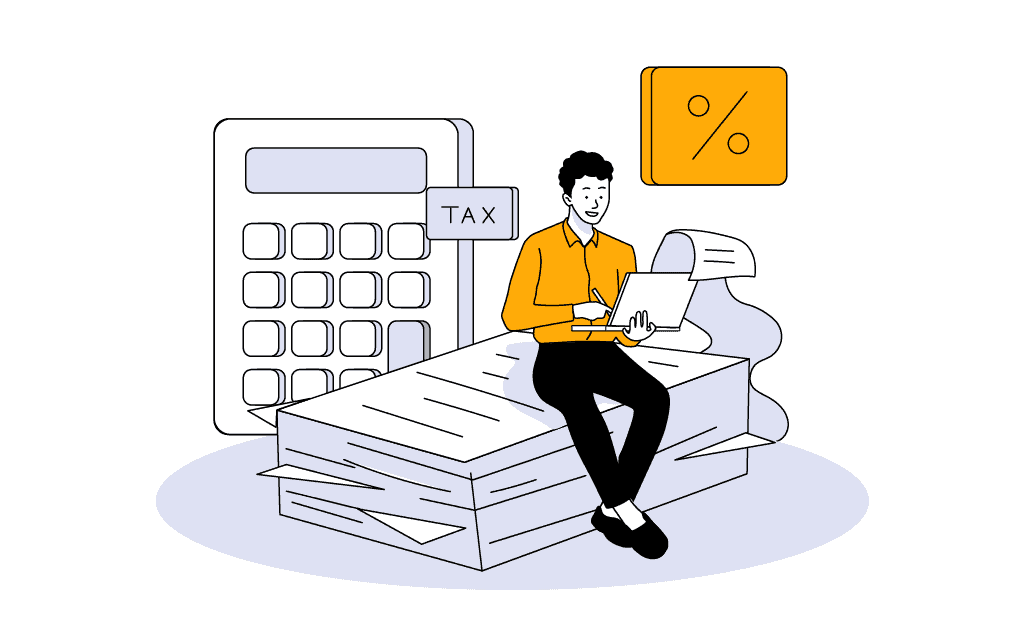
Starting a print on demand store feels simple until the legal side comes up.
If you plan to treat POD like a real business (even part-time), you will eventually need to register one. Most sellers go with an LLC, which is easier than it sounds.
An LLC protects your business legally, separates your personal and business finances, and makes taxes much cleaner.
It also makes you look more legitimate when setting up accounts with banks or suppliers.
In most US states, setup costs range from $50 to $150. You'll also need an EIN (free from the IRS) and a business bank account.
Could you put this off? Sure.
But if you start making sales without registering, you risk tax headaches and missed write-offs.
We recommend registering from the start to avoid issues later!
Estimated business start cost: $35-$150 (one-time)
2. Design tool costs
You don't need to be a pro designer to launch a POD store, but you need solid visuals.
Strong designs help your products stand out. Whether it's a t-shirt, mug, or hoodie, you'll need tools to create artwork, marketing graphics, and social media content.
The good news is that plenty of free options exist, and you can upgrade as your store grows!
Free tools
- Canva. Drag-and-drop design tool with templates, icons, and fonts.

- Kittl. Great for vintage and bold designs, with built-in fonts and textures.
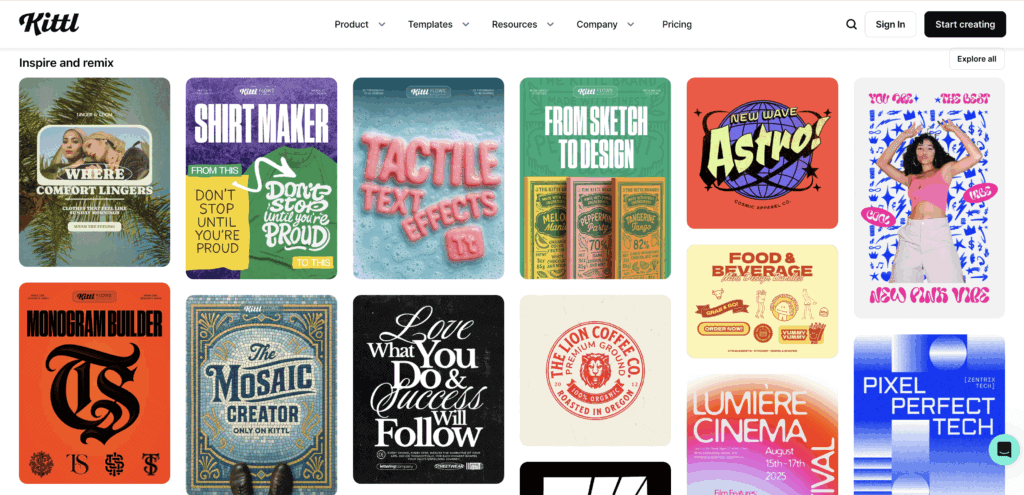
- Photopea. A browser-based Photoshop alternative.
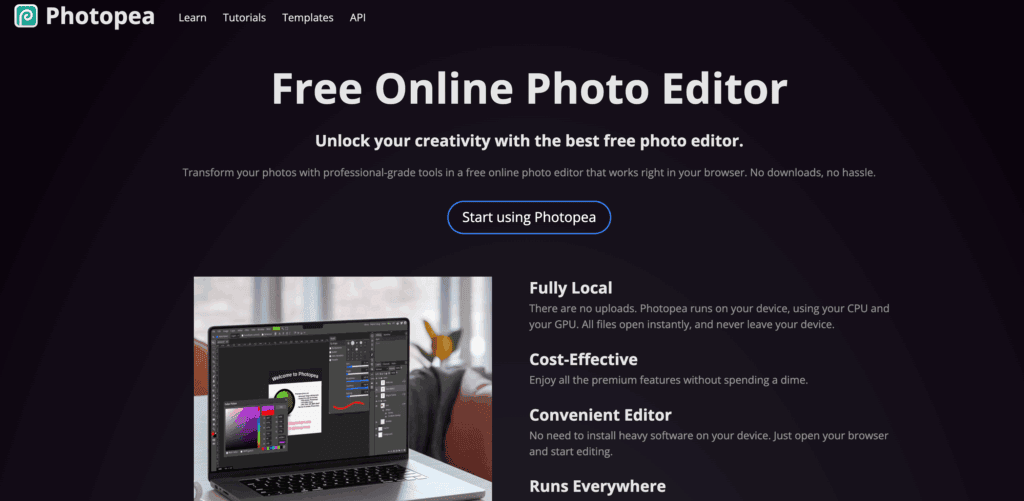
Paid tools
- Canva Pro. $15/month or ~$10/month billed yearly.
- Canva Teams. ~$10/month per user (min. three users, around $360/year).
- Kittl Pro. $15/month or $10/month billed yearly.
- Kittl Expert. $30/month or $24/month billed yearly.
- Photopea Premium. $5/month for ad-free use, plus more storage.
- Other options. Adobe Photoshop, Affinity Designer, Procreate (prices vary).
Design tool costs: $0 to $30+ per month, depending on plan and platform.
3. POD platform fees
Before you can sell anything, you need a place to sell it!
There are two main types of POD platforms: marketplaces and custom storefronts.
Marketplaces
Marketplaces are free to join and come with built-in traffic.
This makes them great for beginners who don't want to worry about marketing immediately.
The downside is fierce competition, your profit margins are lower, and you have little control over branding or customer relationships.
Marketplaces don't charge a monthly fee but keep a larger cut of each sale.
Here are some POD marketplaces to get started with:
- Redbubble. Great for artists with unique designs. You'll earn around 15% to 20% profit per sale. To know more, check out our article How to Sell On Redbubble: The Definitive Guide (2025).

- TeePublic. Easy-to-use marketplace focused on graphic tees and accessories. Typical margins are similar, about 15% to 20% per sale, depending on your pricing. We've also covered a full review of them, you can check out!

Custom storefronts
Custom storefronts give you full control over your brand and customer experience.
You can design your website, collect emails, and run ads, but you'll need to drive traffic yourself.
Popular options include:
- Shopify. $39/month (plus 2.9% + $0.30 per transaction)
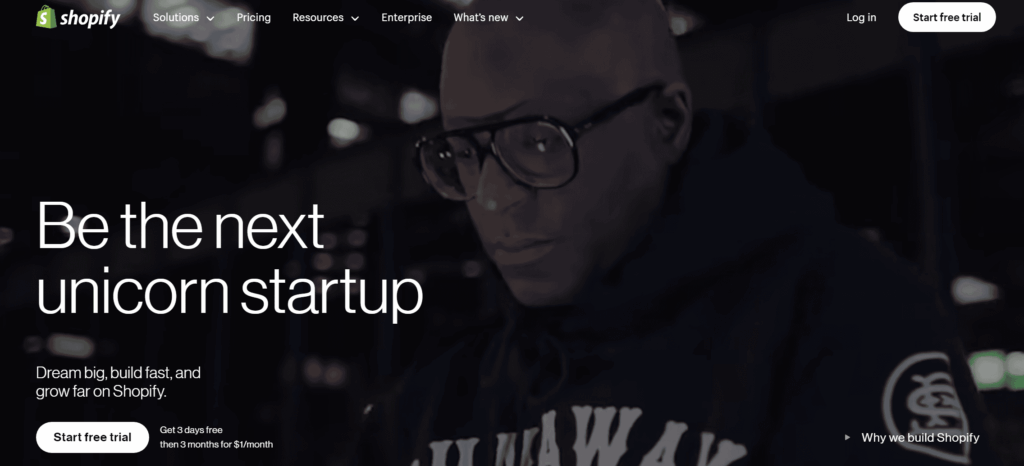
- Wordpress. More technical, but it offers flexibility. You can use the free ecommerce plugin WooCommerce to sell products. Read our article How to Start a WooCommerce Store: Step-By-Step Guide (2025) to know more.
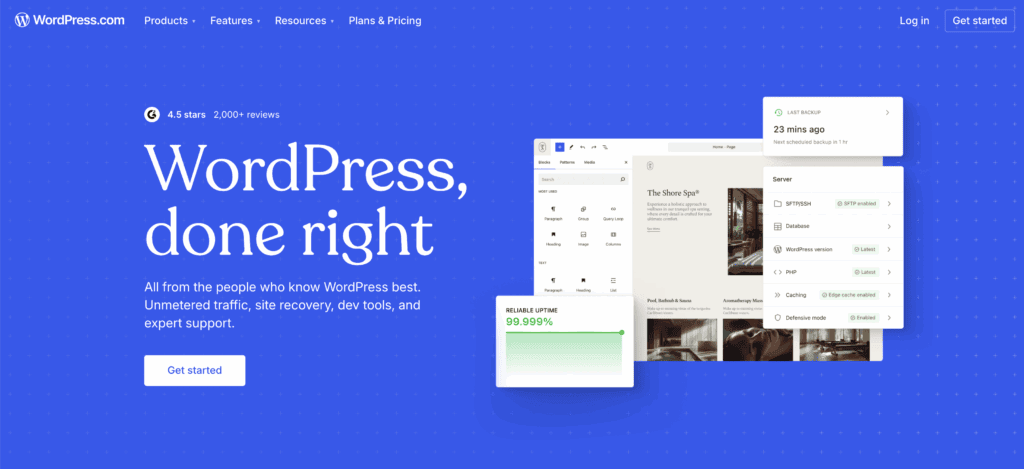
Most POD services like Printify and Printful integrate directly with Shopify and WordPress platforms. They also offer optional premium plans, such as Printify Premium at $29/month, which gives you discounts on product costs.
Plus, you'll probably want apps or plugins to improve your store. These can handle things like:
- Upsells and cross-sells
- Product reviews
- Abandoned cart recovery
- Email marketing integrations
- Currency converters or translation tools
Some apps are free, but many cost between $5 and $30 per month. A lean store might get by with free options, but spending an extra $20-$100+ monthly is easy once you add features.
So, which should you choose?
Marketplaces are perfect if you're testing designs or don't want to deal with tech.
If you want to build a long-term brand, a custom storefront is worth the monthly fee because it gives you control and scalability.
We've also covered a full review of Printify and Printful, which you can also check out!
Printful Review: The Key to High-Quality POD Products?
Printify Review: Is This Your Ideal POD Supplier Match?
POD platform costs: $0 if you're using marketplaces, but remember, you only earn around 15% to 20% per item. On the other hand, if you're building a custom store, it can cost around $39 to $200 a month, but you have high earning potential.
4. Domain name and branding costs

Your brand isn't just your logo. It's how people remember you.
Having your own domain makes your store feel trustworthy and professional.
You can buy one for about $12 to $20 per year from providers like Namecheap or Google Domains.
Many website builders also include a free domain in their subscription.
Shopify, for example, gives you a free default domain like 'yourstorename.myshopify.com.' It works for testing, but we don't recommend using it for selling.
Customers see it as untrustworthy compared to a clean '.com' domain, making your store feel less like an authentic brand.
Once you've got your domain, you'll also want to lock in a visual identity:
- Use Canva to build a logo and color palette.
- Stick to one style across product pages and social media.
- Consider creating a simple brand guide to stay consistent.
Branding helps you stand out from generic stores and builds long-term customer trust.
Even on marketplaces like Etsy, a strong brand increases repeat buyers!
Domain names: $12 to $20 per year
5. Product sample costs
Would you buy from a store that's never seen its own products? Exactly. Ordering samples is one of the smartest things you can do.
Samples let you check print quality, material feel, colors, and shipping speed. They also give you real photos for marketing, which look way more trustworthy than generic mockups.
Most platforms offer discounted samples:
- Printful. 20% off, plus flat-rate shipping (e.g., $4.69 for shirts in the US).
- Printify. Free plan with access to samples. Premium members get up to 20% off.
Start with one or two of your best designs on popular items like t-shirts or hoodies.
You'll see what matters most and gain the confidence that your products look great in real life.
Please read our article: Beginner's Guide to Creating T-Shirt Mockups in 2025 to know more.
Product sample costs: $10-$40 per product
6. Custom mockup costs

First impressions matter, especially in ecommerce! Your product photos can make or break a sale.
While samples are great for real-life photos, mockups help fill the gaps. You can showcase angles, models, or settings without hiring a photographer.
Popular tools and options include:
- Placeit. Quick, polished mockups, logos, and videos are $7.95 each, $14.95/month, or $89.69/year ($7.47/month).
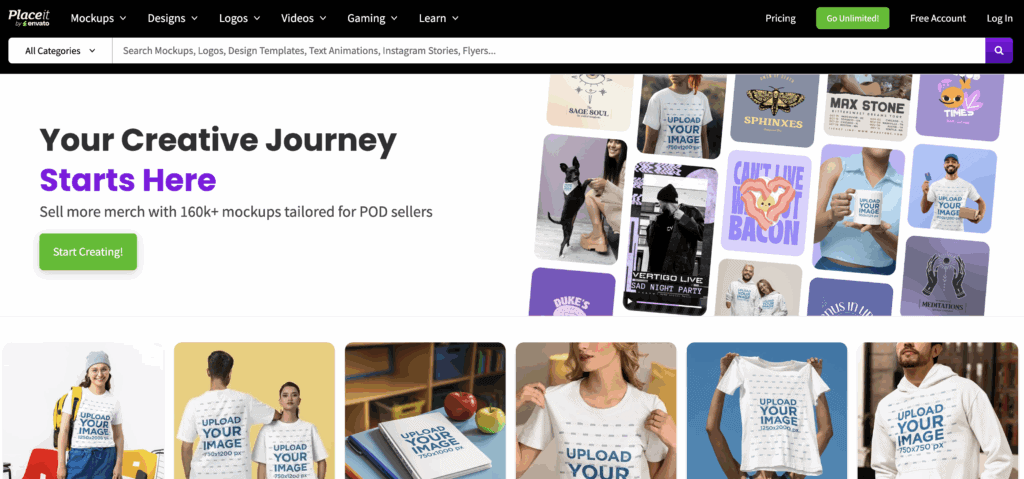
- Printful. An excellent POD supplier that offers a free mockup generator!
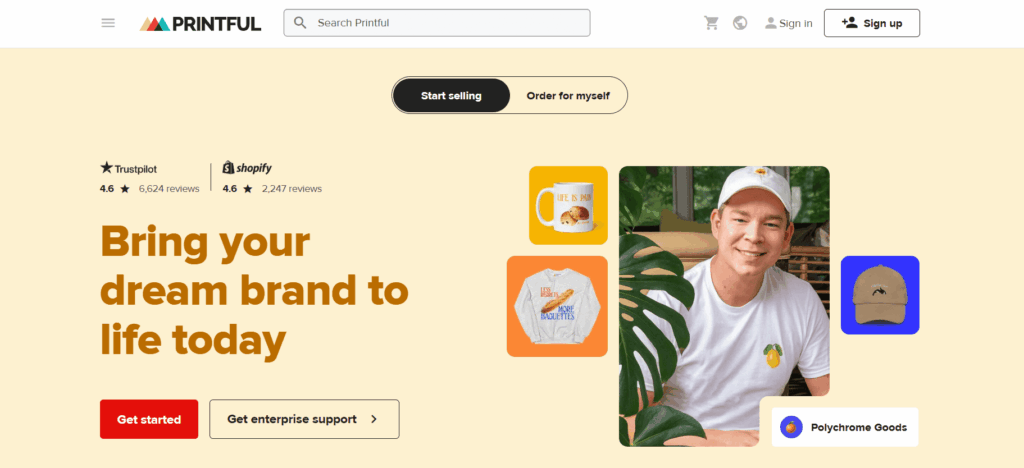
- Printify. Another POD supplier that has global fulfillment and competitive pricing, and offers a free mockup generator.

- Creative Market / Etsy mockup packs. Want more variety? Check out mockup packs from these sites for polished, niche-specific looks.
Good visuals aren't just for your website. Use them in ads, social media, and email to make your products feel real and desirable.
Mock up costs. Free to $30/month.
7. Advertising and marketing costs
Your store won't grow if no one sees it. Marketing is how you turn designs into sales, whether you use free strategies or pay for ads.
You can go two routes: organic traffic for long-term growth, or paid ads for fast results.
Organic marketing
If you're on a tight budget, grow traffic for free using content and community:
- TikTok and Instagram Reels. Show your designs in action with short, engaging videos.
- Pinterest. Create visual pins that link directly to your store.
- SEO. Optimize product titles, descriptions, and tags so shoppers can find you in search.
- Email. Collect emails with tools like Mailchimp or Kit's free plan, then nurture subscribers with simple campaigns.
Organic traffic takes longer, but it creates a solid foundation and repeat buyers over time.
Paid advertising
Running ads helps test designs quickly and reach new buyers fast.
Here's what to expect on common platforms:
- Facebook Ads. Strong for niche targeting, with average costs around $0.30 per click.
- Instagram ads. Great for visuals and impulse buys, averaging $0.40-$0.75 per click.
- Etsy ads. Useful if you sell on Etsy. They start at $5/day and average around $0.50 in clicks.
- TikTok ads. Emerging option, best for video-savvy brands.
Start small, even $5-$10/day is enough to test. Track cost-per-purchase, not just traffic.
Advertising costs. $0 to $500/month depending on strategy.
8. Payment processor fees
Every time you make a sale, a small slice goes to your payment processor. It's easy to forget about it, but these fees add up fast, especially as you scale.
Here's what most POD sellers use:

- Shopify payments. Similar rates, but if you use third-party gateways, Shopify charges extra fees (up to 2%).
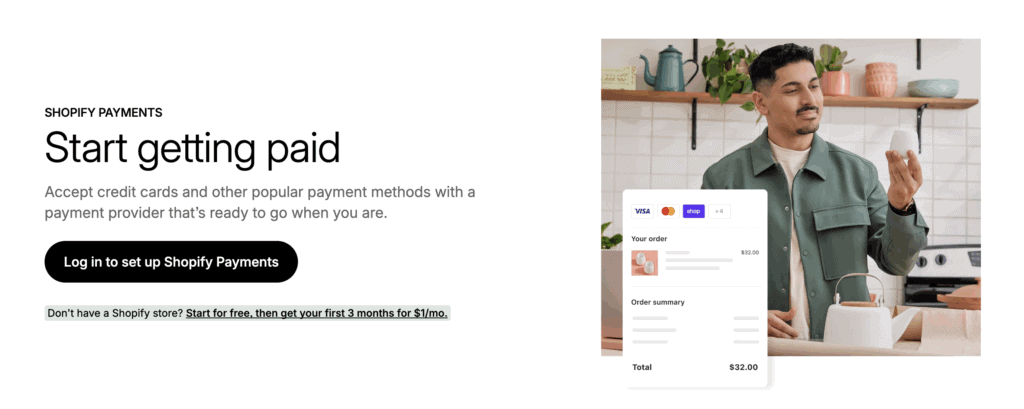
Processing fees estimate. 2.9%-3.5% per transaction (including currency fees for global sales)
9. Hidden fees
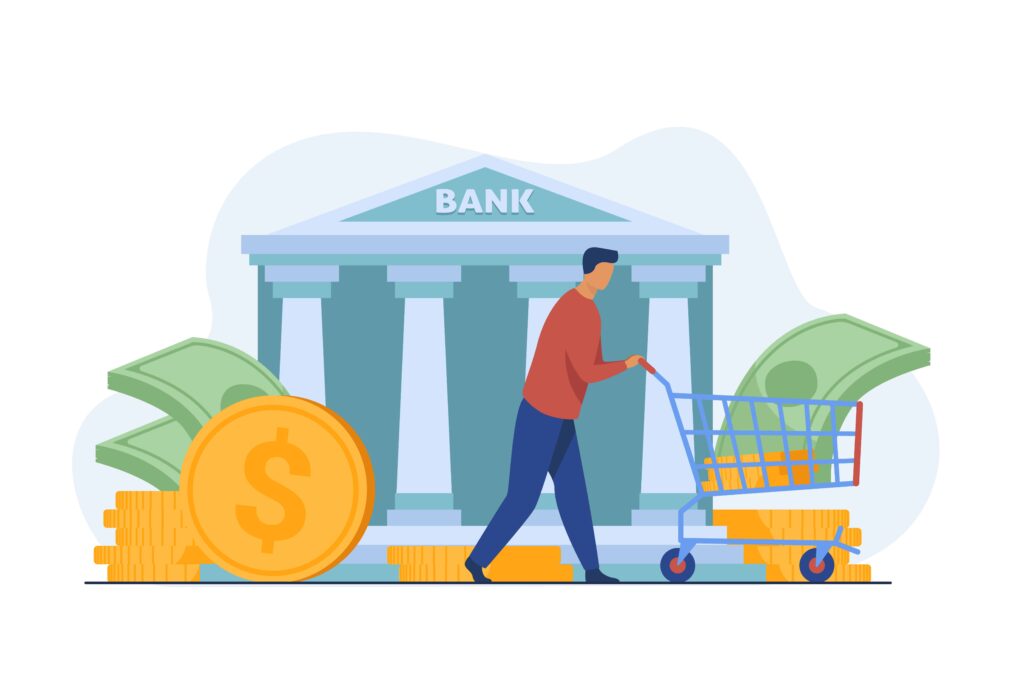
Not every expense shows up on your main dashboard.
Some fees sneak in after the fact; if unprepared, they'll eat into your profit.
Here are the most common ones:
- Sales tax. Required in certain US states.
- VAT/GST. Applied in international sales, sometimes collected automatically by platforms.
- Currency conversion fees. PayPal and Stripe charge 1.5% for converting sales to your home currency.
- Shipping on samples. Discounted products still come with shipping charges, especially across borders.
- Annual LLC fees. Some US states charge a renewal fee or franchise tax after registering your business.
Individually, these aren't huge, but together they can shift your profit margins.
The best way to stay on track is to review your costs monthly and build a small buffer into your pricing.
Hidden fees estimate: $50-$300 per year, depending on location and sales volume.
What's the proper budget for your POD store?
Your budget sets the tone for how fast (and far) your store can grow. But don't worry, you don't need thousands to get started!
Here's how to break down startup costs at different stages:
Beginner budget
Best for: Beginners who want to try POD without much risk, typically starting with a budget of $150 to $300.
Just testing the waters? Start lean.
- Use free tools like Canva, Redbubble, and Mailchimp.
- You can order one to two product samples ($20-$40 each) to check quality and take real photos.
- Instead of ads, focus on organic marketing through TikTok, Pinterest, or SEO.
This is how I personally started on a $250 budget. I used Printify, Canva Free, and Etsy, and reinvested every dollar from early sales!
Intermediate budget
Best for: Sellers who aim to build an authentic brand and are willing to invest between $300 and $1,000 upfront.
Want more control and a more professional look? This range gives you room to level up.
- Set up your store with Shopify ($39/month), buy a custom domain ($15/year), and use a mockup tool like Placeit ($14.95/month).
- Run small ad tests ($5-$10/day for a week) to validate winning designs.
With this setup, you'll look more polished and be able to scale faster once sales come in.
Advanced budget
Best for: Sellers building a long-term ecommerce business, with a starting budget of $1,000 to $2,500 or more.
Ready to go all-in? This is your launchpad for serious growth.
- Set aside money for monthly tools ($50-$150), premium POD plans like Printify Premium ($29/month), and samples ($100-$200 for a variety of products)
- Build a custom website ($39-$200) and build out email flows with paid tools ($30-$100/month).
- Launch with paid ads ($500-$1000 a month)
Turn this guide into an AI checklist
Click your favorite AI tool below to get a short summary and step-by-step checklist based on this article.Prefer ChatGPT? Open this guide in ChatGPT with a pre-filled prompt (most readers start here).
Taking action
Reading and absorbing information and knowledge is great (definitely if it's free!), but do you know what's even better?
Taking action!
So, to help you with taking action with what you have learned in this article, take a look at the bullet points:
- Choose a free POD platform like Redbubble or TeePublic to start testing your designs.
- Use free tools like Canva or Photopea to create your product artwork and social posts.
- Order one or two product samples to check print quality and take real-life photos for marketing.
- Set up an email tool like Mailchimp to start building your customer list early.
- Use mockup generators like Placeit to create high-quality visuals for your store and ads.
- Start with organic marketing on TikTok or Instagram before investing in paid ads.
Conclusion
Print on demand is one of the most affordable ways to start an online business.
You can begin under $300 or go big with a complete brand rollout.
What matters most isn't how much you spend. It's how consistently you take action.
Start lean, test fast, and reinvest as you grow. Your first sale is closer than you think.
Thanks for reading, and good luck building your store!
Want to learn more about POD?
Ready to move your print on demand store to the next level? Check out the articles below:
- 6 Tips to Diversify Your Print on Demand Store in 2025
- Is Print on Demand Saturated in 2025? (Should You Start?)
- Print on Demand and Sustainability: A Perfect Match in 2025?
Plus, don't forget to check out our in-depth How to Start a Print-on-Demand Business guide here!

